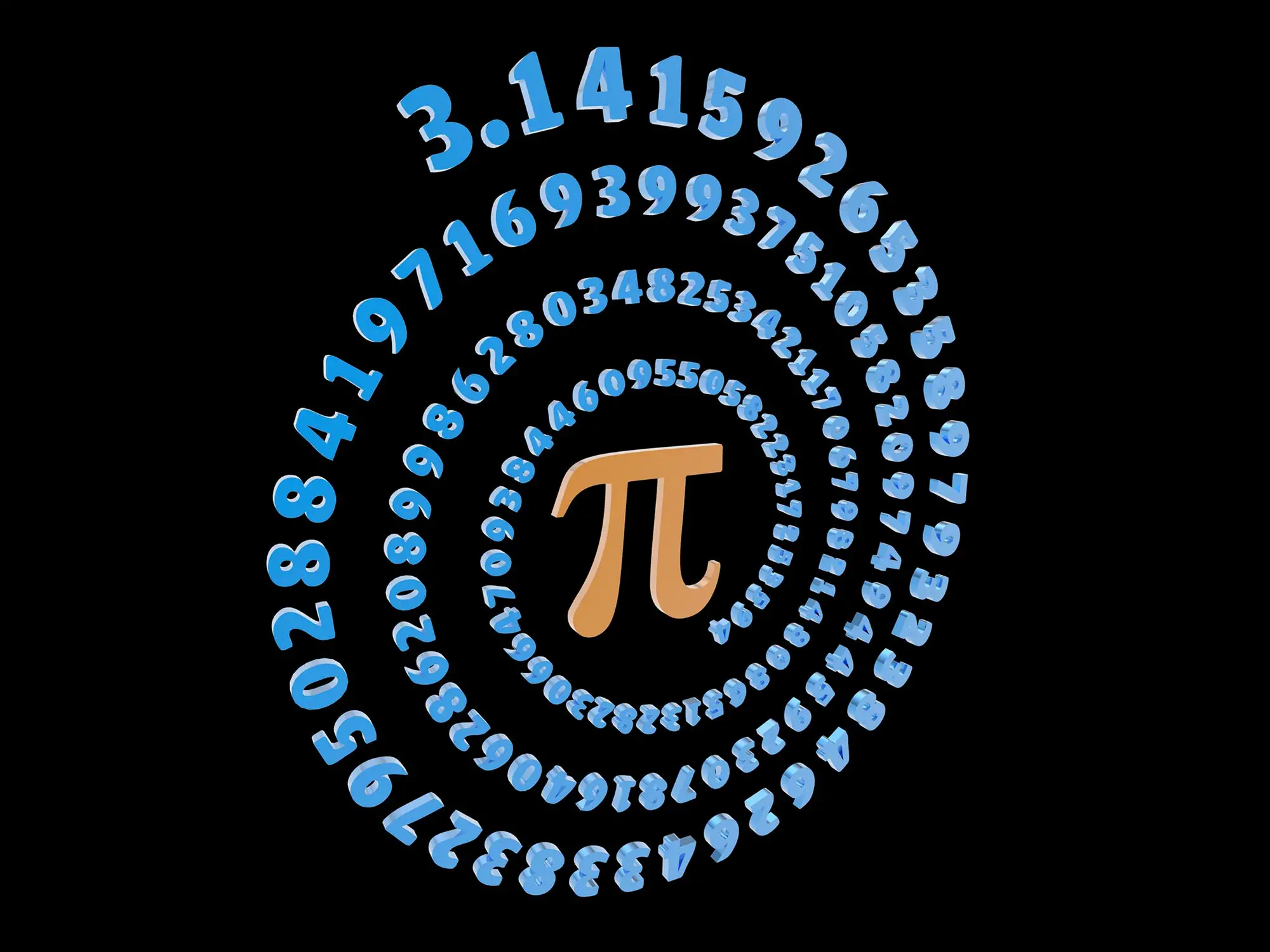
Pi DAY: MARCH 14

March 14 every year is celebrated as Pi Day by mathematics enthusiasts and scholars. It is also the birthday of one the greatest mathematician and scientist Albert Einstein. We all had come across the Greek symbol π during high school which is the ratio of the circumference of a circle to its diameter.
Pi is constant and thus remains the same irrespective of the size of the circle. Pi is equal to 22/7 or 3.14. Since it cannot be represented as a simple fraction, it is termed an irrational number. Interesting to note here is that the value of Pi after the decimal goes on forever endlessly due to which mathematicians designate Pi as an infinite decimal.
HISTORICAL PERSPECTIVE
The very first Pi Day celebrations took place on 14 March 1988 wherein an event with great pomp was organized by a physicist, Larry Shaw at the San Francisco Exploratorium. Amusing to mention here is that to celebrate this unique day many participants marched around a circle and ate fruit pies.
After this day, Pi Day came to be celebrated with great zest and zeal. The day garnered such popularity that the United States House of Representatives gave it formal recognition in 2009. As to the Greek symbol associated with Pi, it was first used by William Jones in 1706. The alphabet ‘p’ was chosen for the perimeter of the circle. When the symbol π became popular, it was adopted by Leonard Euler, a famous mathematician of Swiss origin in 1737.
HOW DO CELEBRATIONS OF Pi DAY TAKE PLACE?
Worldwide many activities are organized to commemorate this day. Museums and centres associated with science and mathematics organize educational events along with music programs. Pi memorization challenges are also given and enthusiasts of maths celebrate it by having a slice of pie. Apart from educational events, delectable food also accompanies the math fans like fruit pies, and pizza slices, to name a few.
FACTS ASSOCIATED WITH Pi
Pi is a never-ending and never-repeating number due to which it is impossible to compute the actual area or circumference of a circle. In the English alphabet series, ‘p’ is a letter occurring in the sixteenth place. The same is with the Greek alphabet series wherein ‘Pi’ is the sixteenth letter. William Shanks was the first person to calculate the very first 707 digits of Pi.
He undertook such an exercise in the 19th century but unfortunately, he committed an error after the 527th place. Then the effort to compute the value of Pi was undertaken by a Japanese scientist, who with the assistance of the Hitachi SR 8000 computer device was successful to determine 1.24 trillion digits of Pi. Pi finds its mention in the holy Christian book Bible too.
Archimedes is considered a pioneer who studied Pi during ancient times. The first 31 digits of Pi have no zeroes. Pi is designated by many other names too like the circular constant, Archimedes constant, and Ludolph’s number. March 14 was decided as the Pi’s founding date in 1988 by Larry Shaw as it marks the birthday of Albert Einstein and also because the numerical date 3.14 represents the Pi’s first three digits.
This year NASA on its Twitter account posed a Pi Day challenge to solve some problems which were faced by our engineers and scientists during their exploration journey. The problems were required to be solved using Pi.
NASA on Twitter informed that answers to the problems shall be made available on 15 March 2023. The theme for this year’s Pi Day was “Mathematics Unites.” As the field of mathematics affects people from all walks of life, the chosen theme was quite relevant.







